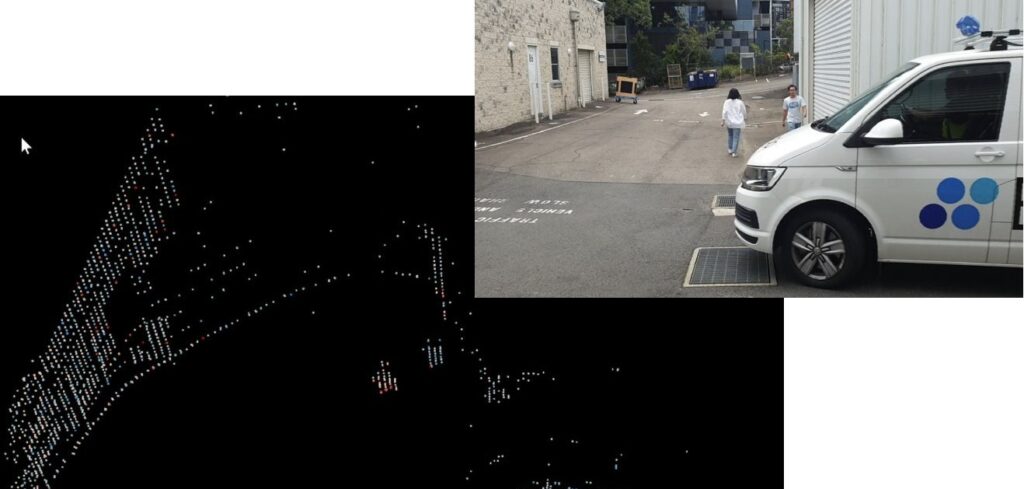Australian Spectrum-Scan lidar technology developer Baraja has showcased the system’s per-point Doppler capabilities, demonstrating what it states is significant progress toward the first Random Modulation Continuous Wave (RMCW) lidar to deliver Doppler capabilities embedded in the hardware.
Traditional lidar systems typically rely on computationally intensive, frame-to-frame estimations of velocity, requiring trade-offs in performance, accuracy and timeliness of critical measurements. Baraja’s Spectrum HD uses RMCW (Random Modulation Continuous Wave) and homodyne detection to measure the distance and velocity of an object. This means that every point, and every object within the scene, has its velocity directly measured, instantly. By combining this detection with Spectrum-Scan and RMCW, Spectrum HD helps reliable detection of objects — from pedestrians to vehicles or animals — at long range and speed to enable safer autonomous driving.
Baraja adds that instantaneous per point Doppler velocity measurement, at speed, also enables Spectrum HD to help detect critical edge cases ensuring autonomous vehicles can understand and react to extreme scenarios quickly. By measuring and differentiating objects at speed and long distance, Spectrum HD will enable autonomous vehicles to detect and track small, individual objects such as pedestrians at range, and monitor for sudden changes in movement, which require fast reaction from the vehicle.
“Per-point Doppler at the hardware level is critical to enabling safer and more reliable autonomous driving,” said Federico Collarte, founder and CEO of Baraja. “We are proud to be the first company to have accomplished this with a RMCW Spectrum-Scan lidar. We continue to meet our milestones and are excited to develop a product that the automotive industry desperately needs.”


